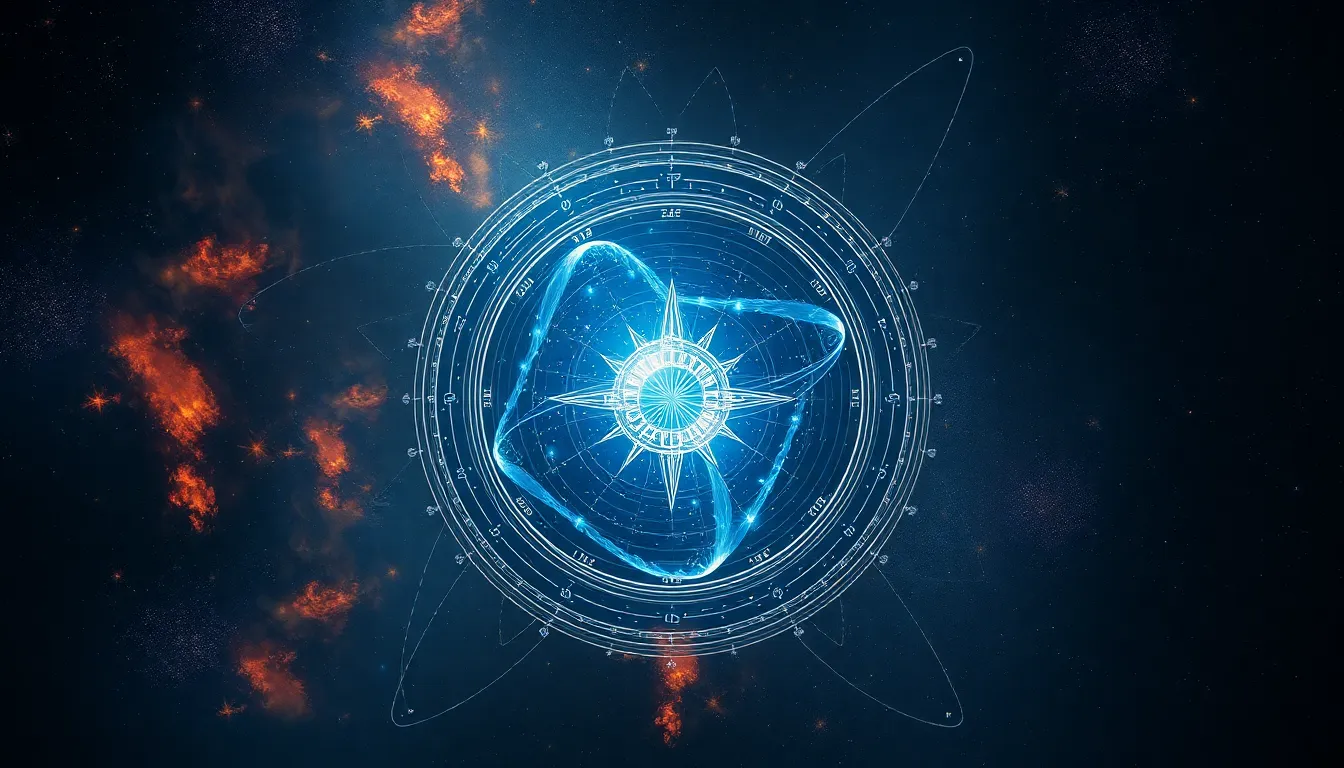The Symbolism of Rock Art in Australian Aboriginal Mythology
1. Introduction
Rock art holds immense significance in the cultural landscape of Australian Aboriginal communities. It represents a rich tapestry of artistic expression, spiritual beliefs, and historical narratives that have been passed down through generations. This article delves into the symbolism and interpretation of rock art in Australian Aboriginal mythology, exploring its profound role in shaping cultural identity, spirituality, and the preservation of traditional knowledge.
2. The Significance of Rock Art in Aboriginal Culture
For Aboriginal Australians, rock art is not merely a form of decoration but a vital means of communication and cultural continuity. It serves as a record of ancestral knowledge, stories, ceremonies, and laws. Through rock art, Aboriginal people connect with their ancestral spirits, known as the Dreaming, and gain insights into the creation and ongoing evolution of the natural world.
3. The Dreaming and Rock Art
The Dreaming, a fundamental belief system in Aboriginal mythology, is closely intertwined with rock art. It refers to the spiritual realm where ancestral beings created the world and established the laws and customs that govern Aboriginal society. Many rock art depictions represent the Dreaming, portraying ancestral figures, cultural heroes, and the relationships between humans, animals, and the land.
4. Types of Rock Art Symbols
Aboriginal rock art exhibits a diverse range of symbols, each carrying specific cultural and spiritual significance. These symbols can be broadly categorized into three main types:
4.1. Animals
Animals feature prominently in Aboriginal rock art and often represent totemic ancestors or spiritual beings associated with particular clans or individuals. They may also symbolize the Dreaming, the natural environment, or hunting and gathering practices.
4.2. Humans
Human figures in rock art depict ancestral beings, mythological heroes, or members of the artist's community. They may be shown engaged in ceremonies, hunting, or other daily activities, providing insights into social structures and cultural practices.
4.3. Abstract Symbols
Abstract symbols in rock art can represent a variety of concepts, including celestial bodies, weather patterns, or spiritual forces. They may also be used as decorative elements or to convey hidden meanings only known to specific individuals or groups.
5. The Interpretation of Rock Art
Interpreting rock art is a complex endeavor that requires a deep understanding of Aboriginal culture and mythology. While some symbols may have universal meanings, others are specific to particular clans or regions. Aboriginal elders and cultural experts play a crucial role in deciphering the meaning of rock art, using their knowledge of oral traditions and cultural practices to provide insights into its symbolism.
6. The Role of Oral Tradition in Deciphering Rock Art
Oral tradition is essential for understanding the context and meaning of rock art. Aboriginal stories, songs, and ceremonies often provide narratives that explain the origins and significance of particular symbols. By listening to these oral accounts, researchers and visitors can gain a deeper appreciation for the cultural significance of rock art and its role in shaping Aboriginal identity.
7. The Importance of Rock Art in Aboriginal Law and Ceremony
Rock art holds immense legal and ceremonial significance in Aboriginal society. It serves as a record of traditional laws, boundaries, and cultural practices. Certain rock art sites are considered sacred and are used for ceremonies, rituals, and initiations. By adhering to these laws and protecting sacred sites, Aboriginal communities maintain their cultural continuity and preserve their connection to the Dreaming.
8. The Conservation and Preservation of Rock Art
Preserving rock art is crucial for protecting Aboriginal cultural heritage. Environmental factors, such as erosion and vandalism, pose significant threats to these delicate works of art. Conservation efforts involve monitoring rock art sites, implementing protective measures, and educating the public about the importance of responsible tourism. By safeguarding rock art, we ensure that future generations can continue to appreciate its cultural and spiritual significance.
9. The Impact of Rock Art on Australian Identity
Rock art has profoundly shaped Australian national identity. It has inspired contemporary Aboriginal art, literature, and music, contributing to a broader understanding and appreciation of Aboriginal culture. Rock art has also played a vital role in reconciliation efforts, fostering dialogue and promoting respect between Indigenous and non-Indigenous Australians.
10. Conclusion
Rock art in Australian Aboriginal mythology is a rich and multifaceted expression of culture, spirituality, and history. Its symbolism and interpretation provide insights into the profound connection between Aboriginal people and the land. Through rock art, we gain a glimpse into the Dreaming and the ongoing evolution of Aboriginal culture. Preserving and understanding rock art is not only a matter of cultural heritage but also a vital step towards reconciliation and mutual respect.
Frequently Asked Questions
Q: What is the oldest known rock art in Australia?
A: The oldest known rock art in Australia is estimated to be around 60,000 years old.
Q: What is the most common type of rock art symbol in Australia?
A: Animals are the most common type of rock art symbol in Australia.
Q: Why is rock art important to Aboriginal Australians?
A: Rock art is important to Aboriginal Australians because it represents a record of ancestral knowledge, stories, ceremonies, and laws.
Q: How is rock art interpreted?
A: Rock art is interpreted using a combination of oral tradition, cultural knowledge, and archaeological research.
Q: What is the Dreaming?
A: The Dreaming is the spiritual realm where ancestral beings created the world and established the laws and customs that govern Aboriginal society.



